

In Focus is Archinect's series of features dedicated to profiling the photographers who help make the work of architects look that much better. What has attracted them to architecture? How do they work? What type of equipment do they use? What do they think about seeing their work in blogs?
In this feature, we talk to Los Angeles-based architectural photographer Nico Marques.
Archinect: What is your relationship with architecture? What drew you to architecture, as a photographer?
Nico Marques: I have a Master of Architecture degree from SCI-Arc and I worked as a designer and project manager for several national and international architecture firms for 10+ years. During this time I started to oversee and coordinate photo shoots of our projects due to my experience in the field of photography prior to my architecture career. When one unsupervised photo shoot was deemed insufficient, my principal asked me to fly to the high profile site to supplement the initial shoot with my photographs. My work hit the mark and something “clicked” in my head: I am able to combine two of my life-long passions into one profession! Thus began my architectural photography career with Photekt established shortly thereafter.
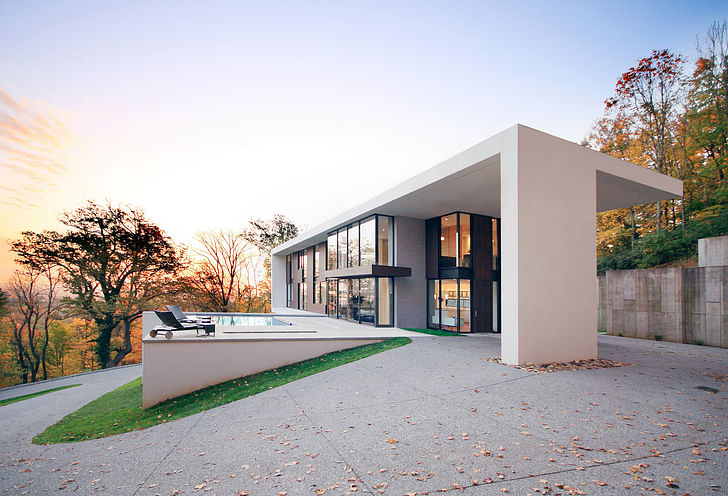
Describe how you work... who are your clients?
NM: As an architectural photographer I believe your responsibilities are those of a storyteller and of a documentarian combined. There is no question that you need to “document” the structure as it looks closest to the architect’s vision, but should also create a visual narrative to tell to the viewer. Documentation involves showing something as it is, while storytelling shows it as it should be? As photographers we have to be aware of the fact that most people will see the projects we are photographing through our eyes, that is, in print or digital, as the majority of people interested in a project will never actually physically visit it. This is quite an honor as well as a responsibility impossible to take lightly.
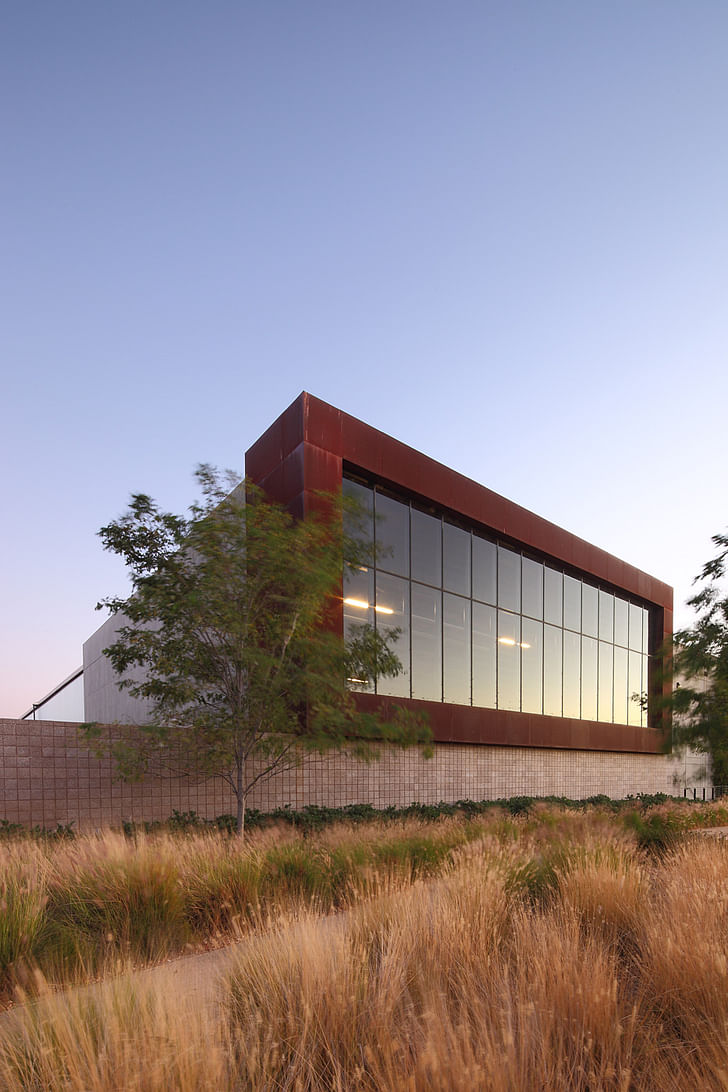
Documentation involves showing something as it is, while storytelling shows it as it should be? Starting out I almost exclusively worked for architects and interior designers directly, with some art collectors and artists rounding out my client base. I feel very comfortable around designers due to my background, as I “speak and understand the language” so to say. Maybe due to my interest in good food and upbringing in the wine industry I have become more involved in photographing upscale restaurants and bars, and recently also wineries and lifestyle destinations for entrepreneurs and restaurateurs. I also really enjoy working for large engineering and construction firms as it gives me the opportunity to document the construction process and run around construction sites. I approach all my photographs in a very architectural manner, doing a quick mental perspective sketch before actually framing the shot, whether it is an interior or exterior shot or even a portrait or product photograph. The parameters and tools my architectural training has provided me with work in a similar fashion for photography as they would during a design process: after developing a concept you use it as a guide through the creative process, which in my case is establishing an image for a built environment.
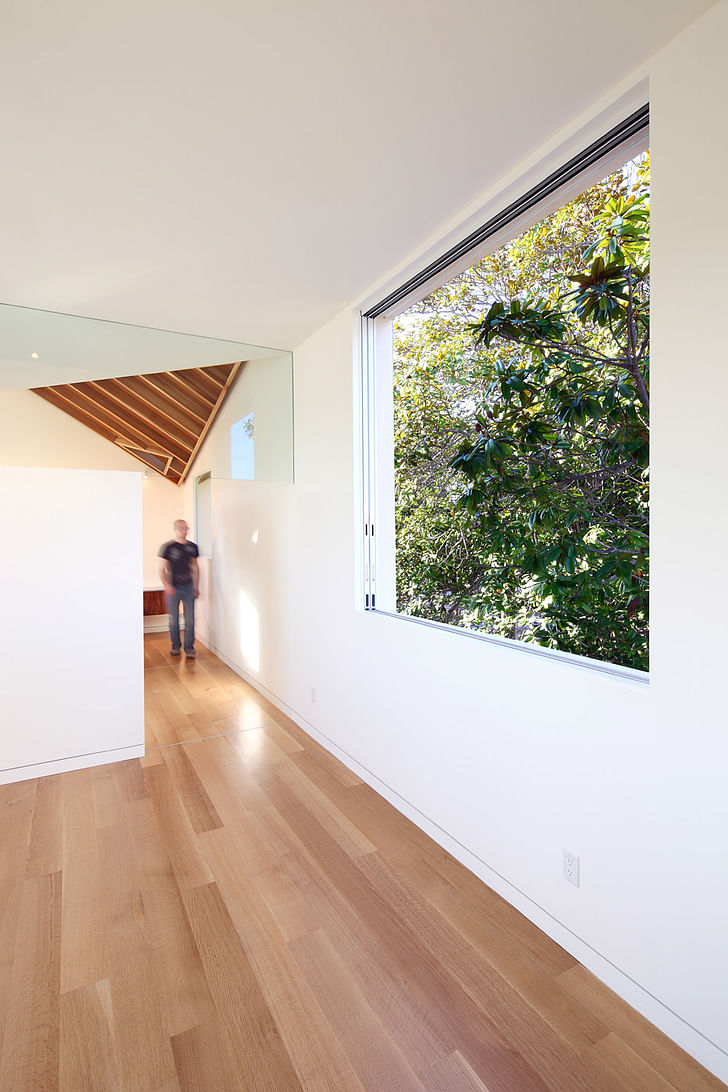
Do you mostly work in a specific region? What is your travel schedule like?
Being an architectural photographer in Los Angeles is like being a kid in a candy store, after drinking a super-sized Coke NM: I chose to live and work in Los Angeles for several reasons: My initial reason to move here was to pursue my graduate degree at SCI-Arc, which turned out to be an absolute mind blast, an über-creative environment to which people come from all over the world and study with and under some of the most brilliant minds in the field of architecture. I went on to discover that LA is of course somewhat of an “epicenter” of high design architecture in the US and in the world. The amount of renowned and lauded architects who live and practice in this city is staggering. A recent exhibit at MOCA named “New Sculpturalism: Contemporary Architecture from Southern California” underlined this point by basically bursting at the seams with only a little sprinkle of the tremendous projects being built locally as well as throughout the world by local architects. LA has had an inferiority complex when compared to New York for quite a while, but the facts speak for themselves and you just have to drive around the city a little to realize that we live in one of the world capitals of architecture. The movie industry has of course had a pivotal role in giving the city and the buildings within it an inordinate amount of worldwide exposure, but the huge amount of quality structures lends itself to this as well. LA has a plethora of more or less well known architectural icons, you have a ton of work by local Pritzker Prize winners Thom Mayne and Frank Gehry, as well as most other “big names” in architecture represented here or there. Then there is an amazing amount of younger architects who are hungry to become the next “Nobel” of architecture someday and who are able to build in a way that incorporates the exterior with the interior for that famous “California living”, which in turn makes for beautiful photographs. Being an architectural photographer in Los Angeles is like being a kid in a candy store, after drinking a super-sized Coke…

The other reason for living here is of course the weather. Yes, it is (almost) always sunny in Southern California, which is brilliant for ones mood AND absolutely fantastic when it comes to photography. The light here very often is extraordinary, and I think I can count on one hand how many times my shoots have been delayed or moved due to rain… That is not to say that I do not like to shoot in the rain. Quite the opposite, I love it, but I truly love it here in LA because I know the rain will last a day or two… and then we have our sunshine back.
This being said I have shot and very much enjoy photographing throughout the US as well as internationally. Last month I photographed a couple of projects in Porto, Portugal, which is where I am originally from, but the large majority of my work has been in and around Los Angeles.
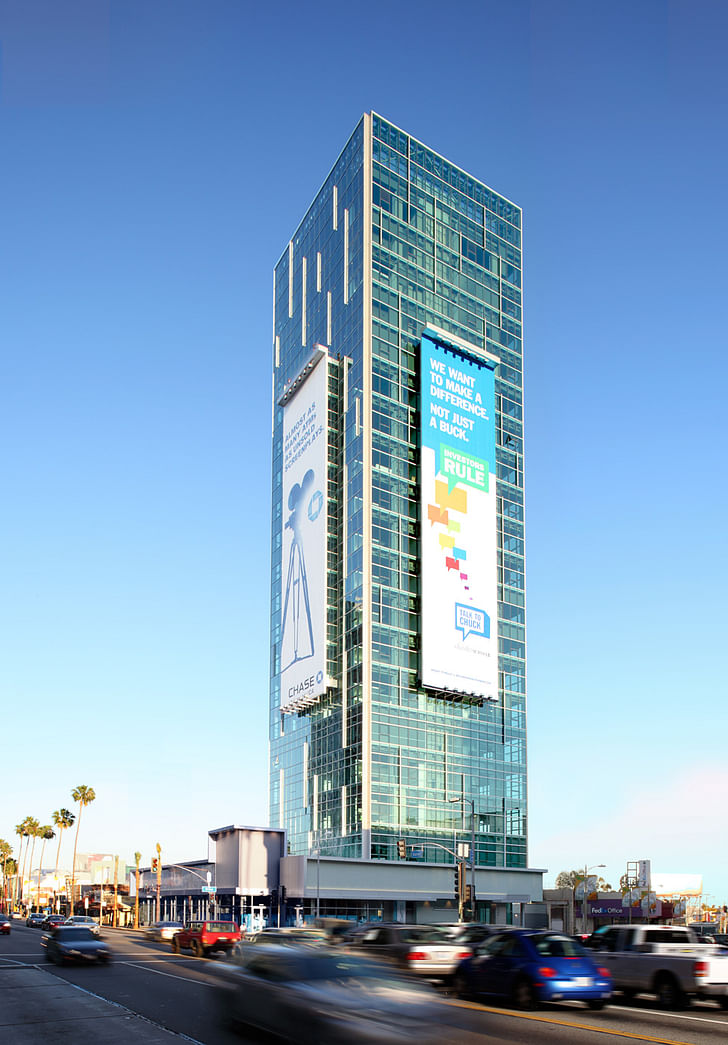
What is your goal when capturing buildings in photographs?
NM: When I encounter a building, I focus on what makes it outstanding, what grabs attention. This could be any of the aspects you describe, or maybe something completely unique like the angle that the sun takes to illuminate a certain element at a certain time of day, or how it is reflected in the rain-drenched street in front. I love site specificity or how a building responds to its surroundings as well as showing how the temporary or permanent inhabitants of a structure interact with it. This brings life and interest to photographs in my opinion. Another element of an architectural design I very much appreciate is a surprise, something unexpected but very consciously placed or integrated somewhere. Sometimes that can be hard to express in a photograph, but normally I manage to get this in a frame and it is worth it all the more. The sense of discovery and awe is a wonderful effect in architecture, and a goal is to translate this to the viewers.
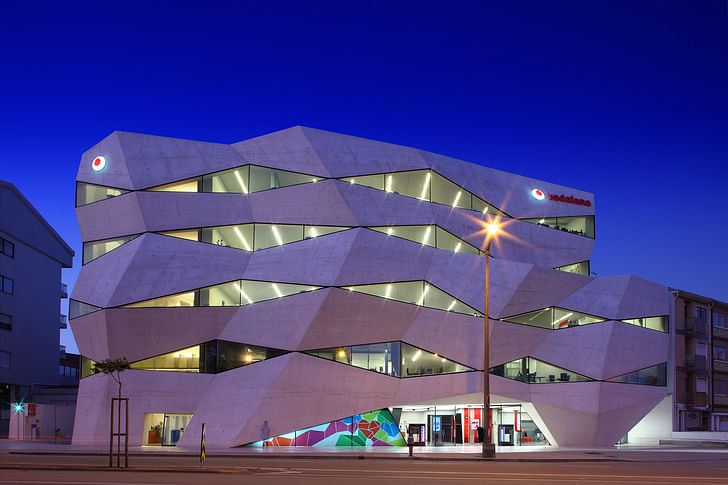
What are your thoughts about including people in your photos? Is it important to photograph a building in use, or by itself?
NM: The short answer is that it really depends on the building and the intended use of the photographs, but if given the choice I like to illustrate how a space is used and how people or animals interact with it. I find that to give a building scale as well as “life”, in my opinion, is to again show what it does, how it is used, what it brings to the table and how the temporary or permanent inhabitants take advantage of this. “What does it do”, as Deleuze would have put it. This means that you sometimes have to wait until the right person walks by, or be quick and catch someone pouring coffee or lounging on built in furniture. Of course staging and the use of talent has to stand in many times, as the pace at which we work does not support standing around and waiting for the right person to come by very much…
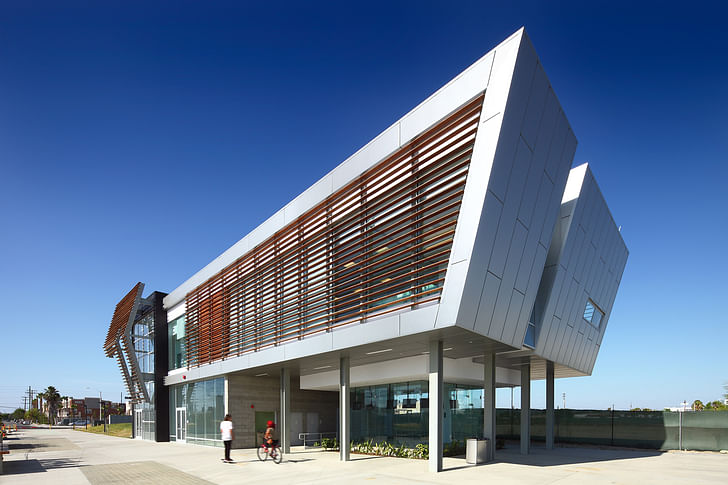
What are your favorite pieces of equipment?
NM: My series of electronic and analogue levels, and a pair of very comfortable Gore-Tex hiking boots.
Do you work alone?
NM: No, generally I see photography as a team effort, very much like architecture. On assignments I make it a point to have the client or a client representative on site to actively participate in the session if at all possible. I believe cooperation will almost always result in a better end result and I find that listening leads to learning most if not all of the time. When a client is on site and looks at your images the feedback is immediate and if needed adjustments to the approach can be made immediately as well.
I generally work with one assistant during photography sessions, unless a digital technician is requested by the client. Part of my digital retouching is performed by a very proficient professional, and I rely on a team for administrative tasks, business development and social support/wine-tasting as well. Thus, no, I definitely do not work alone.
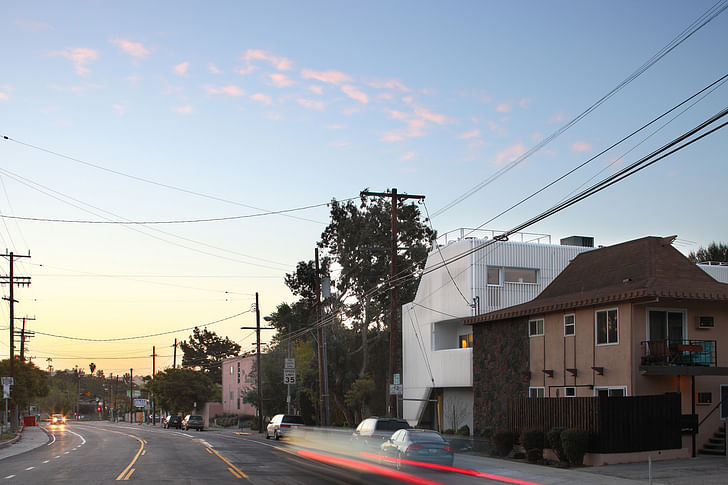
How do you feel about seeing your photographs on blogs and websites?
NM: Social media sites like Instagram, Flickr, Pinterest etc. have been criticized by some in the industry for "cheapening" the profession. I don't see it that way at all. I believe these outlets to be another set of tools in the hands of the professional that should be embraced to the fullest, as they are a sign of our times and an absolutely amazing outlet for our photographs. How amazing is it that friends and colleagues can take photographs anywhere in the world and share them instantly if they choose to do so?
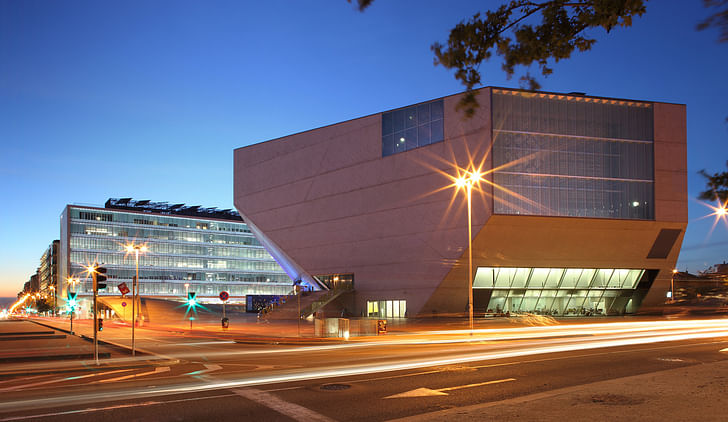
I have to admit that I do not use these outlets nearly enough. Social media also requires quite a bit of dedication and work as we all know, and I am afraid that I lack the time a lot to update in as regular a manner as I should. I do my best, and might seek help with doing this in the future.
I also see the distinction between print and digital outlets becoming blurred more and more as the kind of reach a middle of the road website is able to achieve can only be matched by high exposure magazines. Yes, it feels nice to hold a printed artifact in your hand, and I have far too many books and magazines at my home for that reason, but the immediacy of information flow on sites such as yours or Architizer is simply fantastic and consequently irresistible.
Nico Marques:
Nico Marques works as a photographer for architecture offices, interior designers, artists and curators, as well as public and private institutions.
A native of Portugal, Marques moved to LA to study at the Southern California Institute of Architecture, and spent over 10 years working as an architect internationally before becoming an architectural photographer.
Former Managing Editor and Podcast Co-Producer for Archinect. I write, go to the movies, walk around and listen to the radio. My interests revolve around cognitive urban theory, psycholinguistics and food.Currently freelancing. Be in touch through longhyphen@gmail.com
No Comments
Block this user
Are you sure you want to block this user and hide all related comments throughout the site?
Archinect
This is your first comment on Archinect. Your comment will be visible once approved.